 |
 |
 |
 |
 |
 |
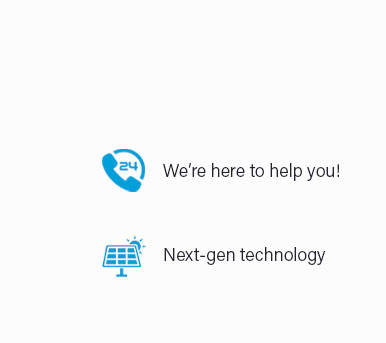 |
 |
 |
 |
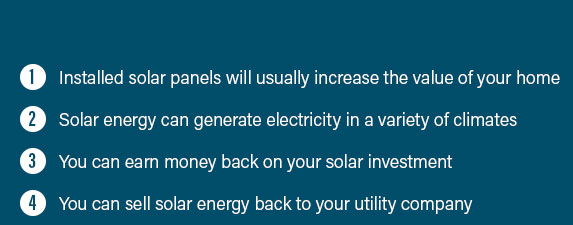 |
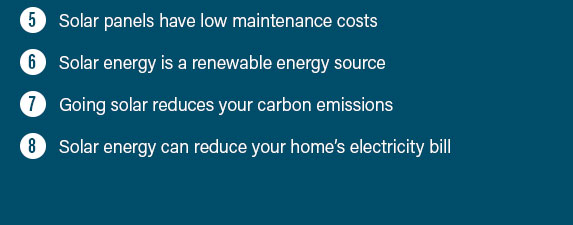 |
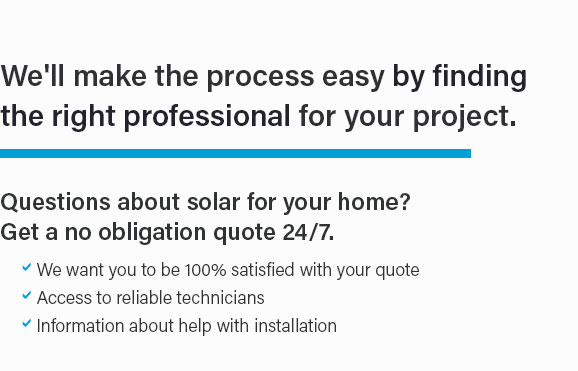 |
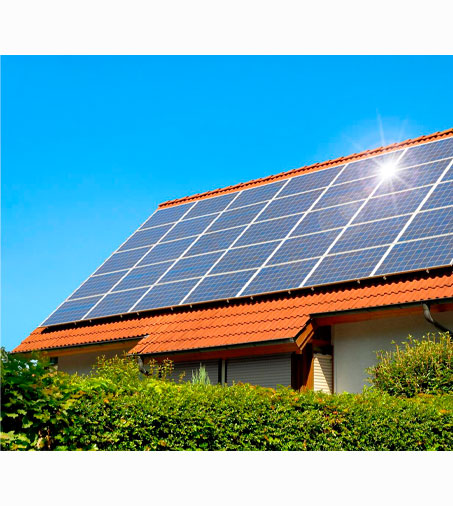 |
|
 |
 |
 |
|
Ready to revolutionize your energy experience in Connecticut? Dive into the future of sustainability with our unbeatable solar panel installation quotes! Our expert team transforms sunlight into savings, offering you a seamless transition to renewable energy that’s tailored specifically for the unique needs of Connecticut homes. Imagine slashing your energy bills while contributing to a greener planet. With precision, professionalism, and a passion for excellence, we make solar simple and accessible. Discover the power of the sun with our bespoke solutions, where cutting-edge technology meets unparalleled service. Join the solar revolution today and light up your future with confidence and clarity!
https://www.ctpost.com/best/home-services/solar/going-solar-ct-everything-you-need-know/
According to Everlast Energy, the average-sized residential solar system clocks in at around 10 kilowatts. The total system price can range from $15,000 to ... https://www.eversource.com/content/residential/save-money-energy/clean-energy-options/solar-energy/solar-incentives
To get started, you should contact a licensed solar installer in Connecticut. The installer will work with you to design your system and submit your application ... https://portal.ct.gov/dcp/trade-practices-division/solar-panel-purchases-for-consumers
More than 19,000 Connecticut households currently using solar power. State residents with solar power have saved an average of more than $1100 per household on ...
|